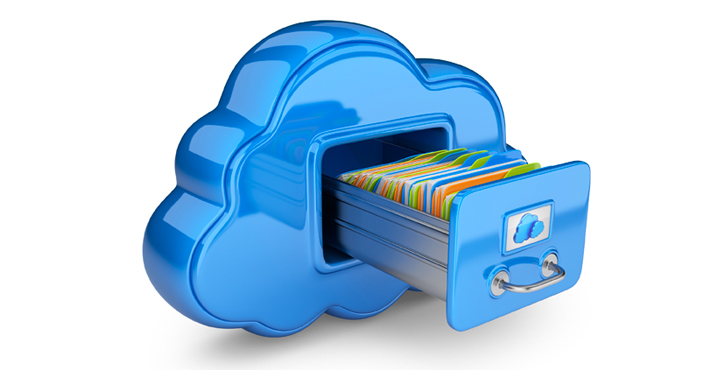
Solving the Challenges of Records Retention in the Cloud
In a recent blog post, we looked at several important legal considerations when storing records in the cloud. These included the question of whether electronic formats would be legally accepted as records, and also the critical issue of retaining legal control over your records in a cloud scenario.
The various issues to consider when looking at the cloud don’t end there. Related to the aforementioned legal issues is the question of records retention. Specifically, how the cloud affects your ability to retain and dispose of records in accordance with the law and any other applicable guidelines.
Retention Basics Still Apply to Cloud
The cloud is simply another option for the storage of your records, and as such, the same basic retention requirements apply. This means your move to the cloud needs to be underpinned by a comprehensive and well-researched records retention policy that should include:
- Direct, explicit retention requirements under various statutes and regulations.
- Indirect retention requirements in the form of legal limitation periods applicable to litigation, audits, and other proceedings.
- Business requirements to keep and use records, as identified by end users and other organizational stakeholders.
Make Sure the Cloud Solution Supports Your Needs for Retention and Disposition
Even the best records retention policies are of no value without effective tools and procedures to carry them out. This is where a great deal of diligence is required in the selection of a provider or solution for cloud records storage. For example, how does the solution support an event-driven retention policy, in which a business event “starts the clock” on a specific retention period? Knowing if – and how – the solution supports these retention scenarios is essential. Another key feature to investigate is around disposition – ensuring that “destruction” of electronic documents is consistent with a legally defensible disposition process.
Best Practices for Meeting Retention Requirements in the Cloud
To ensure that your retention and disposition requirements are supported and satisfied in a cloud solution, there are three best practices to bring into the solution design:
- Develop and implement migration plans and conversion strategies that are expressly designed to ensure the forward compatibility of all legacy records with new or upgraded hardware and software.
- Design metadata taxonomies, workflows and other tools to help identify when retention events actually take place in the real world, triggering the accrual of retention periods for one or more related records.
- Proactively address data back-up retention and disposition as part of service contracts and/or attached policies and procedures.
While cloud may be more complicated – and risky – than it first seems, the right knowledge and best practices can help manage that risk and ensure you reap the many rewards that a cloud model has to offer.
Next Steps
- To learn more about cloud records storage best practices download our free white paper and learn how to create a Cloud RM Action Plan.
- For assistance with the broader issues of retention, TAB’s records retention toolkit is full of free, insightful resources to guide your program development.
- If you need assistance moving your records into the cloud, TAB’s records management professionals can help. Get in touch and tell us about your situation.





